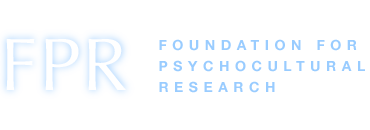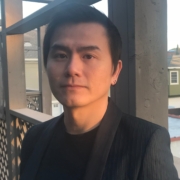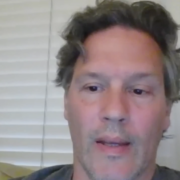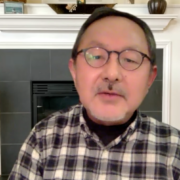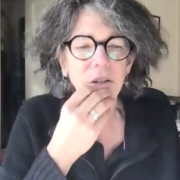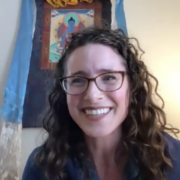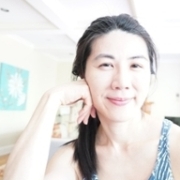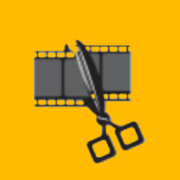The CMB network met on Friday, January 29, 2021, to showcase the work of CMB members who received honoraria last Summer as part of our Media Competency/Best Practices and Curricular Development Project.
Presenters shared demonstrations and lessons learned from:
- Creating new online course modules
- New forms of public outreach
- Online labs, activities, data analysis
- Podcasting
- Video production
Presentions:
Greg Downey, Shinobu Kitayama, Hakwan Lau, Daniel Lende, Tanya Luhrmann, Chikako Ozawa-de Silva, Sally Seraphin, Jeffrey Snodgrass, Dietrich Stout, and Tawni Tidwell.
Submitted:
ANT 331 – Spring 2021-Syllabus-Final 01-15-2021 (Chikako Ozawa-de Silva)
Consciousness: Hard and “Soft” Problems Video (Hawkan Lau)
Neuroanthropology / YouTube Channel Video Resource (Greg Downey)
Teaching
Equipment/Resources
- Microphone (e.g., Samson Media, Blue Yeti)
- External video camera
- Software/apps
- Video: Camtasia, Kaltura, Screencast-O-Matic, Voice Thread
- Audio: Audacity
- Graphic representation: Apple iBook and Keynote; Adobe InDesign and Acrobat (PDF); PowerPoint
- Google products where students can provide comments
Technical considerations
- Moving from in-person to virtual format requires significant time investment
- Background noises are easily picked up in recording
- Turn mobile phone sideways (landscape orientation) when recording
- Direct to camera works well – stare right at the barrel of the camera
- Accessibility: Internet failures and bandwidth
- A professional video editor can help increase production value of videos
Teaching considerations
- Include a synchronous segment, if possible.
- Recordings prompt self-awareness of presentation/lecturing style
- Online teaching strips away social feedback from an audience (talk to a computer screen)
- Provide feedback to students
- Decolonizing and diversifying course materials (facilitates student engagement) and, more generally, disciplines themselves
- Use of videos created from other people, in addition to one’s own, can increase representation of voices
Student engagement
- 8-15 minutes is ideal length for videos (25 minutes max)
- Lecturer on a screen maintains students’ attention
- Synchronous content is important (e.g., collaborative group projects/activities) to include amidst the asynchronous content and format of courses taught online
- Bring in themes of the course explicitly or focused lecture
- Add multimedia to audio lecture recordings such as music (helpful for long lectures)
- Actively solicit feedback from as many students in the course as is practically possible
Research
- Zoom: collect research data from participants doing online tasks
- Visual Anthropac (for analyzing free-list data)
- Google products: for example, Google Forms to collect data using surveys; Google Docs
Public Outreach/Social Media
- The social media landscape has changed considerably from its beginnings. As a consequence, simultaneous academic and public engagement and impact as well as amplification of voices is much more difficult.
- An academic public approach to social media has to be integrated, focused, and time limited.
- There remains a lack of translation of basic science for greater societal benefit.
- Engaging those outside of one’s own discipline and outside of the academy increases diversity of voices and audiences reached via social media and elsewhere.
